Change Your Culture, Change Your Marketing – Too often, the marketing department is where manufacturing innovation goes to die.
One of the most common thought leadership topics in B2B marketing is that B2B companies need to start acting more like B2C companies and learn how to appeal to their customers’ emotions. Every day, marketers create thousands of blog posts, podcasts, social posts, and white papers (“just fill out this form and we’ll send it to you for free!”) talking about how B2B buyers are people, too.
Formerly innovative strategic concepts like B2P (Business-to-Person) and marketing funnel alternatives like the Trust Funnel and the Flywheel have become clichés that may get likes, comments, shares, and leads for the “thought leader” who’s posting it, but are they actually moving the industry forward at all?
Despite the glut of content already out there, a majority of B2B marketers have been unable or unwilling to change. The internal culture is optimized to avoid risk and maintain the status quo, not to nurture innovative ideas. Manufacturing marketers trying to change the status quo are met by internal challenges:
- Marketing is little more than writers for the sales team.
- “Talking about the brand doesn’t drive leads.”
- “That sounds great, but our sales team will never use it.”
- If you can’t measure the impact on sales, it’s not worth doing.
- Sales team resources outnumber marketing resources by 5 or 10 times.
So why the disconnect between the content that’s being created and what B2B marketers need?
1. Much of the content is created only to drive clicks, likes and shares, not to help marketers drive actual change.
2. A lot of the content described above exists only in the echo chamber. It’s marketers talking to other marketers, instead of the people at the brands they’re trying to reach.
3. If the content does break through to the target contact, it’s viewed as nothing more than a pipe dream – it’s not actionable within the constraints of their budgets, their bureaucracy or the resources available to them.
4. Bleeding-edge B2B marketers rush ahead with new strategies and tactics they learn from thought leaders without first considering their unique organizational and industry challenges, only to fail in their attempts, inadvertently creating an even more risk-averse culture in their industry.
It’s not that manufacturers don’t realize the world is changing around them and they need to adapt to survive. It’s that change is really hard. But as we’ve seen over the last few months, COVID-19 has forced innovation and risk-taking.
Despite years of resisting change and navigating complicated bureaucracy, many B2B companies have shown they can adapt when they need to. They’ve dealt with new workforce safety requirements, remote working, global supply chain shortages and overtaxed IT infrastructure in only three months. Previously desk-bound employees are showing they can be productive working from home too. Social distance requirements mean more opportunities for machine automation adoption on the factory line. Site visits are being done through virtual reality.
The pandemic has shifted corporate and cultural norms just enough that maybe, just maybe, B2B companies will use this as an opportunity to do more than recover. They will transform.
Unfortunately, too many companies will fall back into the familiar pre-COVID days. Simultaneously, others will realize there’s no turning back. Everything has changed. Everything that falls under a manufacturing CMO’s job description is ripe for disruption.
The most successful manufacturing brand marketers will apply change management and behavior modification strategies and tactics to change the culture and processes that have inhibited the adoption of innovative marketing in the manufacturing industry. These forward-thinking marketers will use this opportunity to:
Dedicate resources to marketing themselves internally.
Most marketing teams focus 100% of their efforts on their external audiences (gotta drive that ROI!). The work gets minimized to spreadsheets and graphs. Apply some of the same creative thinking you apply to selling your products to customers to selling your team’s efforts to your colleagues. Write up a case study on that last campaign and post it to the Intranet. Send an email to one of your business unit leads highlighting some of the other capabilities you have on your team that go beyond updating sales sheets and presentations.
Overhaul professional development plans.
Professional development plans should be more than HubSpot and Google AdWords certifications. Encourage your employees to embrace and nurture their creative side too. At your weekly meeting, ask a team member to share an example of another brand’s (B2B or B2C) campaign that they really liked. Have them explain why and then lead a discussion around what your team could learn from it too.
Change how they recruit and retain talent.
Industry experience is important in any new hire, but if you’re trying to create a more innovative culture, look outside your industry for new talent. It’s often easier to teach a creative marketer the industry jargon than it is to teach an experienced industry vet how to be creative. Don’t be afraid to take a chance on someone from outside the industry.
If you think of yourself as a change agent who feels like they’ve been pushing a rock up a hill, the pandemic may very well represent the peak of that hill. Now’s your opportunity to give those ideas another push and watch that rock pick up momentum going down the other side.
This insight is from IndustryWeek. You can read the full article here. Looking for more manufacturing news & insights? Explore more here.






